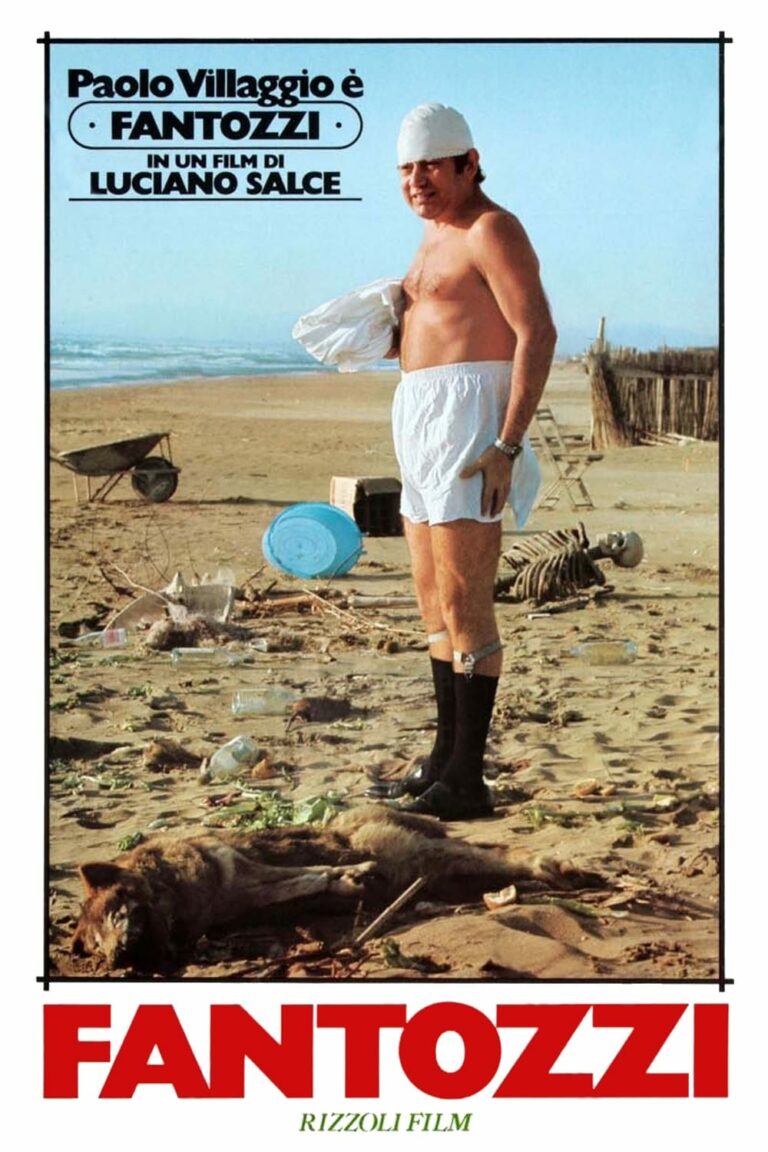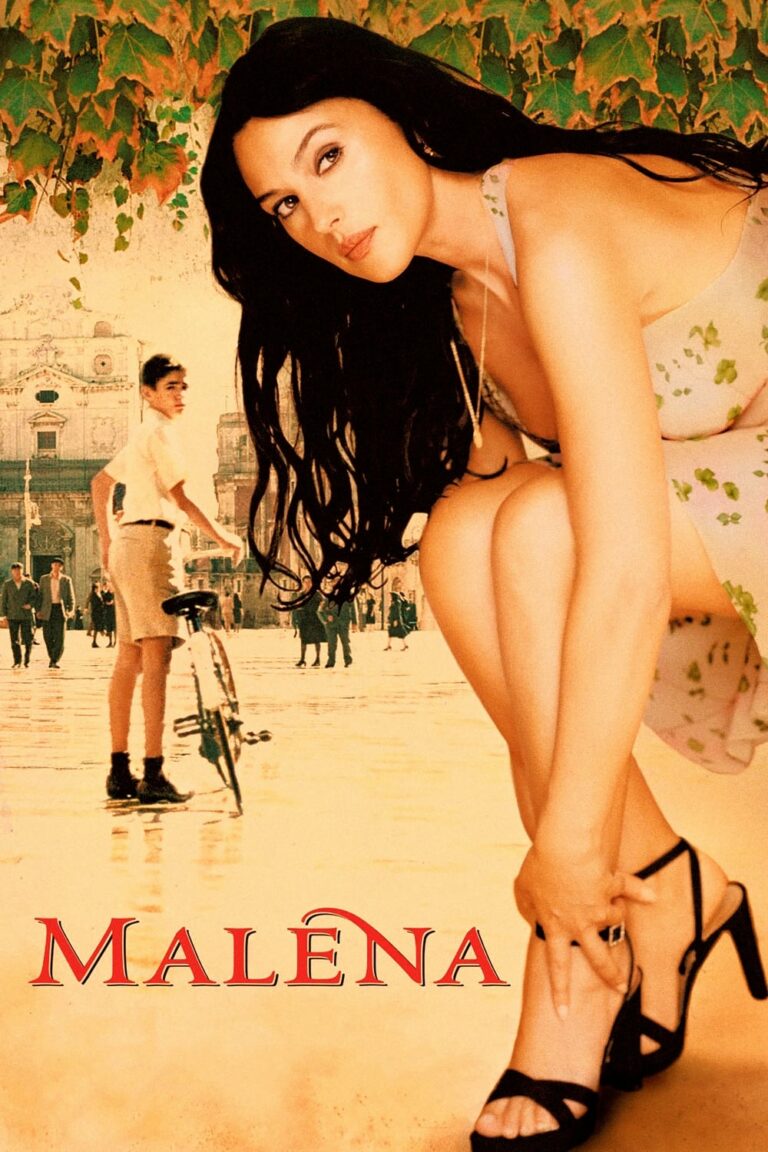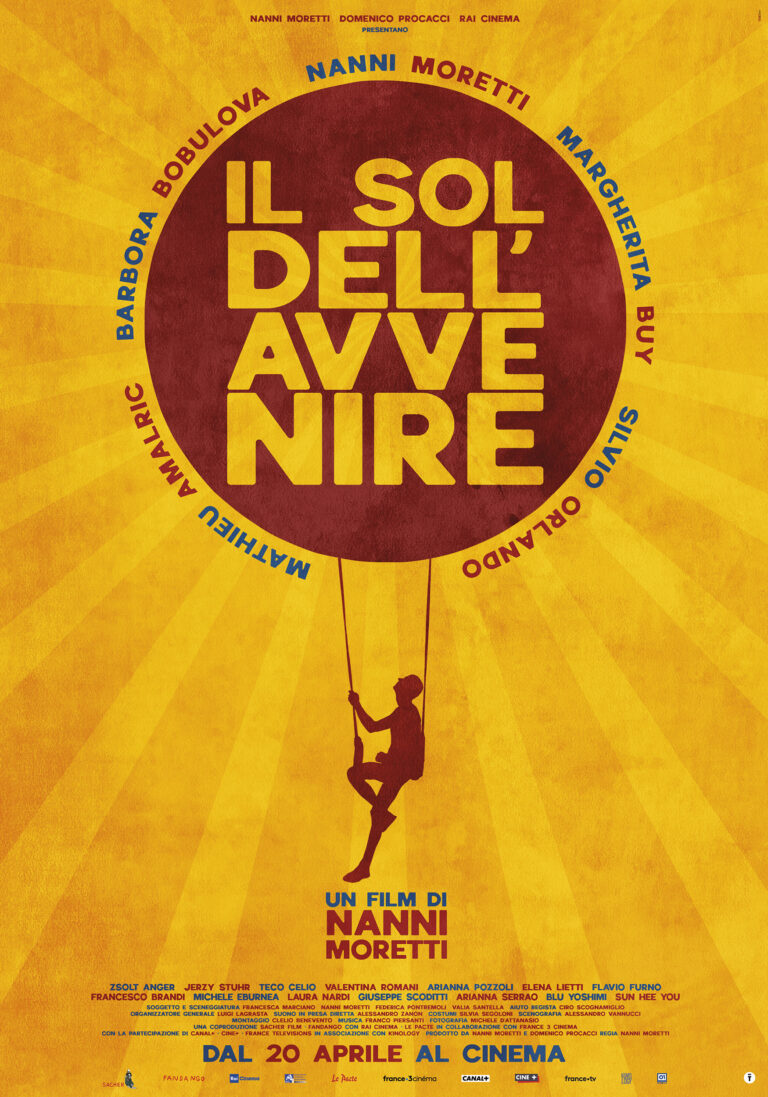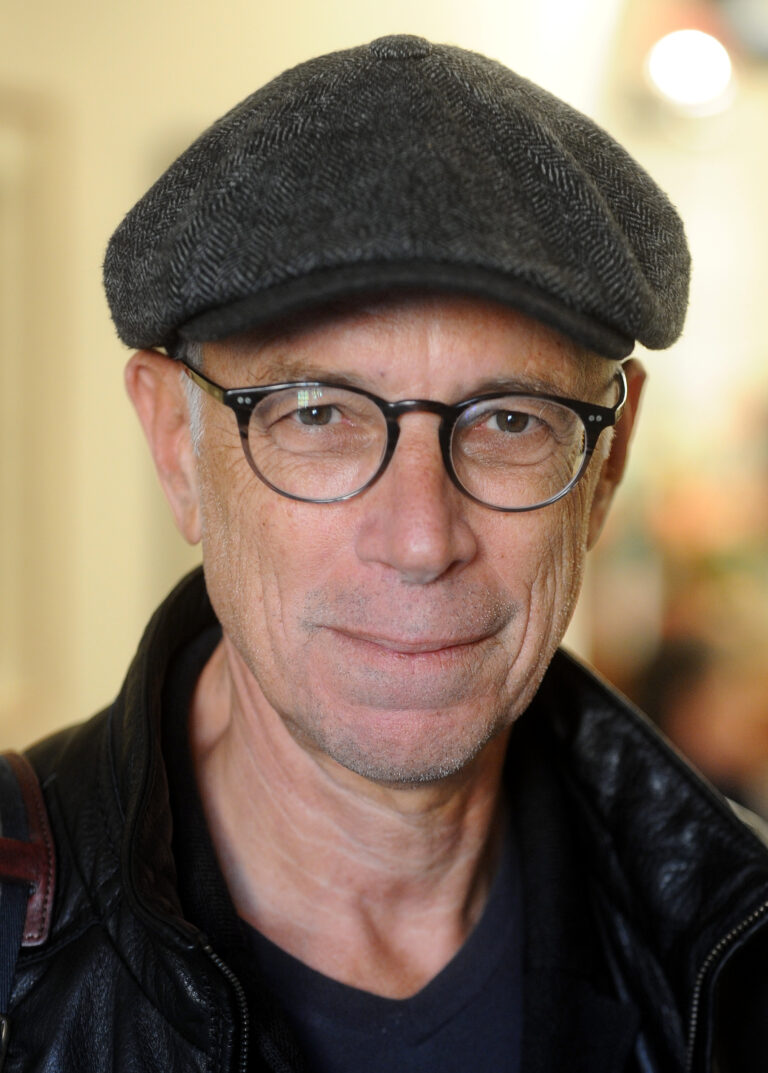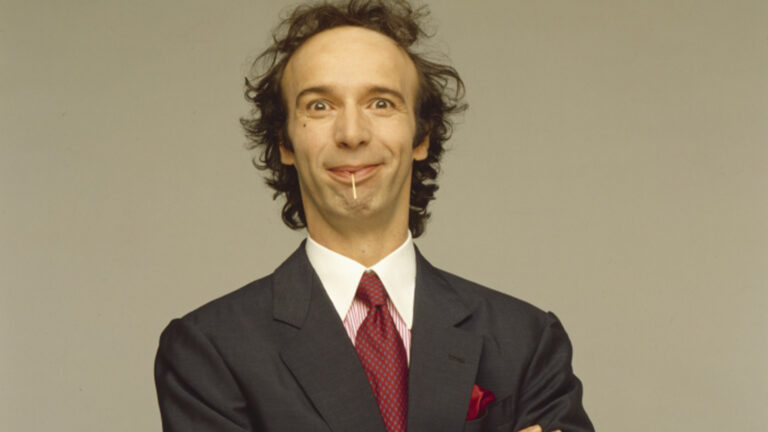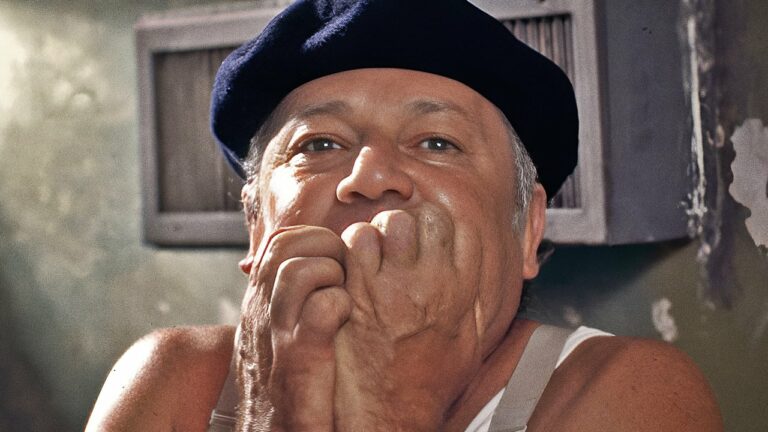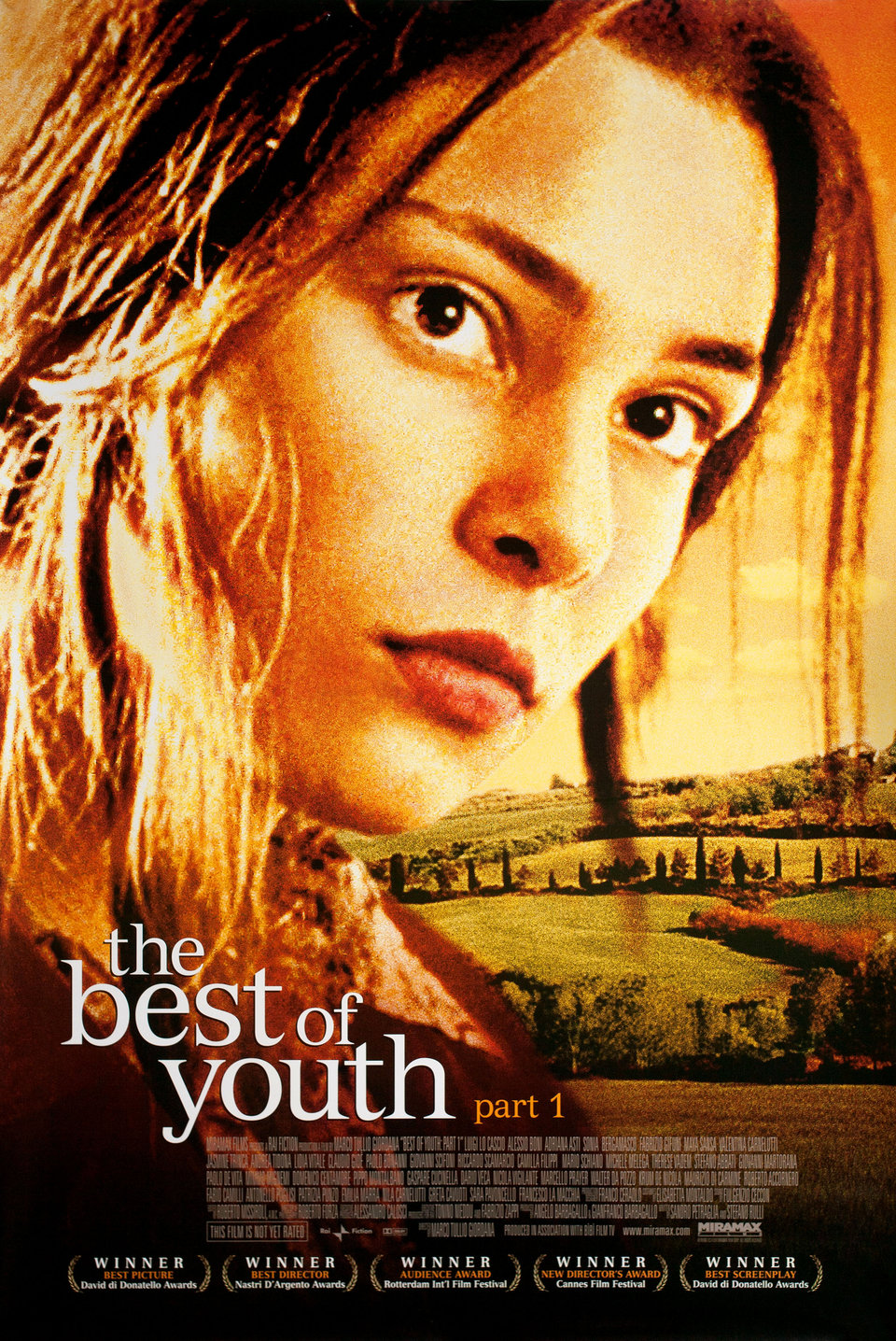
The Best of Youth (La Meglio Gioventù), directed by Marco Tullio Giordana and released in 2003, is a beautiful film that spans decades of Italian history, tracing the lives of two brothers and their family against the backdrop of social, cultural, and political change. Originally conceived as a six-hour television miniseries, the film was released theatrically and received widespread critical acclaim for its compelling storytelling, richly developed characters, and profound emotional resonance.
Introduction
The Best of Youth is a cinematic epic that transcends its runtime to deliver a deeply personal yet universally resonant story. At its core, the film is about family, relationships, and the passage of time. Through the lives of Nicola and Matteo Carati, it explores the joys and sorrows of life, set against the transformative decades of modern Italian history. The film’s title, derived from a collection of poetry by Pier Paolo Pasolini, reflects its celebration of youth, hope, and resilience.
Plot Summary
Spanning four decades (1966–2003), The Best of Youth intertwines personal struggles with the broader context of Italy’s evolving society.
Part 1: 1966–1970s
The story begins with brothers Nicola (Luigi Lo Cascio) and Matteo (Alessio Boni), who share a close bond despite their contrasting personalities. Nicola is compassionate and idealistic, while Matteo is impulsive and troubled. Their lives change when they meet Giorgia (Jasmine Trinca), a young woman with mental health issues. Nicola becomes inspired to study psychiatry, while Matteo’s decision to leave Giorgia at a psychiatric institution creates a rift between the brothers.
Matteo joins the police force, seeking order and control, while Nicola travels to Norway and later becomes a doctor. Meanwhile, their sister Giulia (Sonia Bergamasco) becomes involved in leftist activism, reflecting the political turbulence of the era.
Part 2: 1980s–2000s
The second half of the film focuses on the brothers’ diverging paths. Nicola builds a family and dedicates his career to reforming mental health care. Matteo, consumed by inner turmoil, struggles with relationships and eventually meets a tragic fate.
The story also follows Giulia’s radicalization and estrangement from her family, the resilience of their parents, and the next generation’s hopes and dreams. Through marriages, deaths, and reunions, the film captures the enduring bonds of family amidst life’s upheavals.
Historical Context
The Best of Youth masterfully integrates personal narratives with pivotal moments in Italian history, including:
- The 1966 Florence Flood: A symbol of hope and renewal, this event shapes Nicola’s worldview.
- Student Protests and Political Unrest (1970s): The film reflects the turbulence of Italy’s Years of Lead, marked by social activism and terrorism.
- Mental Health Reforms (1978): Nicola’s work aligns with Italy’s Basaglia Law, which revolutionized psychiatric care.
- Economic and Social Shifts (1980s–2000s): The film examines Italy’s modernization and its impact on families and individuals.
Main Characters
- Nicola Carati (Luigi Lo Cascio): An empathetic doctor who seeks to make a difference in psychiatry and mental health care. Nicola’s resilience and optimism anchor the narrative.
- Matteo Carati (Alessio Boni): A tormented and enigmatic figure whose choices profoundly affect his family. Matteo’s story reflects themes of alienation and inner conflict.
- Giulia Monfalco (Sonia Bergamasco): Nicola’s love interest and a political activist. Her radicalization strains her relationship with her family.
- Giorgia (Jasmine Trinca): A pivotal character who represents innocence and the consequences of systemic neglect.
- Parents of Nicola and Matteo: Their enduring presence highlights the strength and fragility of family bonds.
Themes in The Best of Youth
1. Family and Brotherhood
The relationship between Nicola and Matteo serves as the emotional core of the film, showcasing the complexities of sibling love and rivalry.
2. Social Change and Activism
The film portrays Italy’s political and social evolution, from student protests to mental health reforms, illustrating how these movements shape individual lives.
3. Love and Loss
Romantic relationships, fleeting and enduring, reflect the characters’ personal growth and vulnerabilities.
4. Hope and Resilience
Despite its tragedies, the film emphasizes humanity’s capacity for renewal and connection.
Cinematography and Direction
Marco Tullio Giordana’s direction is marked by its naturalistic style and intimate storytelling. The film’s visual language captures the passage of time through subtle changes in lighting, color, and mise-en-scène. Cinematographer Roberto Forza’s use of warm tones for family moments contrasts with the stark lighting in scenes of conflict and loss.
The six-hour runtime allows the narrative to breathe, giving each character and subplot the depth they deserve. Giordana’s seamless blending of personal and historical elements creates a rich tapestry of life in all its complexity.
Cultural and Critical Reception
The Best of Youth premiered at the 2003 Cannes Film Festival, where it won the Un Certain Regard award. Critics lauded its scope, emotional depth, and performances. It became a cultural phenomenon in Italy, resonating with audiences for its authentic portrayal of family and societal change.
Comparison to Other Epic Films
The film is often compared to other multi-generational sagas like The Godfather trilogy and Once Upon a Time in America. However, The Best of Youth distinguishes itself with its focus on ordinary lives and its optimistic undertones, making it a deeply humanistic epic.
FAQs
- Why is the film titled The Best of Youth?
The title reflects the idealism and vitality of youth, as well as the fleeting nature of time. - Is the six-hour runtime justified?
Yes. The extended runtime allows for detailed character development and an immersive exploration of the story. - What makes the film significant in Italian cinema?
Its blend of personal and historical storytelling, combined with its emotional depth, makes it a modern classic. - Is the film based on true events?
While fictional, the story is rooted in real historical events and societal changes in Italy. - Where can I watch The Best of Youth?
The film is available on streaming platforms and in home media releases.
Conclusion
The Best of Youth (La Meglio Gioventù) is a profound meditation on life, family, and the passage of time. Marco Tullio Giordana’s epic masterpiece transcends its six-hour runtime to deliver a story that is as personal as it is universal. By intertwining intimate moments with Italy’s historical evolution, the film captures the resilience of the human spirit and the enduring power of love and connection. Nearly two decades after its release, The Best of Youth remains a testament to the art of storytelling and its ability to illuminate the beauty and complexity of life.
